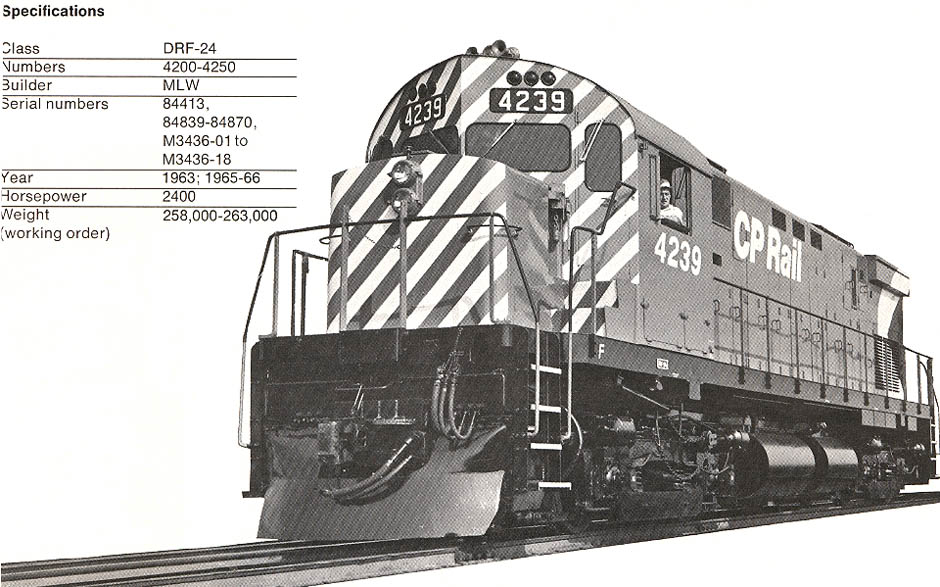|
Road Freight Type |
 |
|
 |
|
by Omer Lavallee
One of the new expressions in At the risk of oversimplification it might be said, that second generation units are those designed to replace original diesel road, roadswitcher and switching locomotives that had, in their turn, replaced steam locomotives between 10 and 25 years ago. While second generation diesels |
may often be recognized by their
"low nose" profile affording good visibility from the cab, and by a tendency
toward higher horsepower ratings per unit than their predecessors, this is not a hard and
fast rule. Rather, the changes are those not visible to the casual observer, such as in the
design and capacity of the diesel engine itself, the locomotive's "prime mover",
and in the use of static controls, such as transistors and diodes, instead of moveable
equipment of the relay type.
Some of the |
older locomotives such as traction motors.
Nonetheless, the |